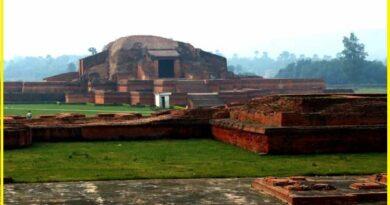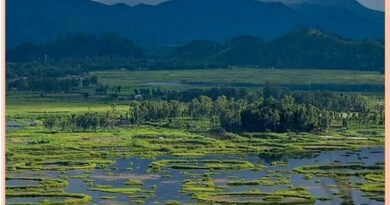California Giant Redwood Trees
California’s giant redwoods, also known as coast redwoods (Sequoia sempervirens), are among the tallest trees on Earth, reaching heights of over 107 meters and living for up to 2,000 years. Giant redwood trees commonly known as the giant sequoia, giant redwood, Sierra redwood, or Wellingtonia, is a coniferous tree in the Cupressaceae family, within the Sequoioideae subfamily. Native to groves on the western slopes of California’s Sierra Nevada mountains, where consistent moisture, mild temperatures, and nutrient-rich soils foster their growth.
The giant sequoia is classified as an endangered species by the IUCN, with fewer than 80,000 remaining in California. It was first introduced to the United Kingdom in 1853, where there are now about 5,000 mature trees, often called Wellingtonia after the Duke of Wellington.
Giant Redwood Trees typically grow to 50–85 meters and have trunk diameters of 6–8 meters. Record specimens have reached 94.8 meters in height. The tree with the greatest diameter at breast height is the General Grant tree, measuring 8.8 meters. These trees rank among the oldest living organisms, with the oldest known sequoia estimated to be between 3,200 and 3,266 years old. The wood of mature giant sequoias is fibrous and brittle, causing felled trees to shatter easily, which made the wood impractical for building and better suited for fence posts or matchsticks. Today, the giant sequoia is widely popular as an ornamental tree in many parts of the world.

Distribution
The natural range of the giant sequoia is limited to a small area in California’s western Sierra Nevada. As a paleoendemic species, giant sequoias grow in 81 scattered groves across 144.16 square kilometers. They do not form pure stands, although some smaller areas come close. The northern two-thirds of this range from the American River in Placer County south to the Kings River contains only eight isolated groves. The remaining groves are clustered between the Kings River and Deer Creek Grove in southern Tulare County. Grove sizes vary, with some covering up to 12.4 square kilometers and containing 20,000 mature trees, while others have as few as six trees. Many of these groves are protected in Sequoia and Kings Canyon National Parks and the Giant Sequoia National Monument.
Also read- Mexico City: The Sinking Megacity
Giant Redwood Trees are found in humid climates with dry summers and snowy winters. Most groves grow on granitic-based residual and alluvial soils, at elevations ranging from 1,400–2,000 meters in the north to 1,700–2,150 meters in the south. They typically grow on south-facing slopes in the northern part of their range and north-facing slopes further south.
Around the world
A large Giant Redwood Trees bear up to 11,000 cones, with the highest cone production occurring in the upper canopy. Each mature tree disperses an estimated 300,000–400,000 seeds annually. These winged seeds can travel up to 180 meters from the parent tree. Lower branches die off easily when shaded, though trees under 100 years old generally keep most of their dead branches. In groves, mature sequoias have trunks that are typically free of branches up to 20–50 meters, whereas solitary trees tend to retain their lower branches.
Giant Redwood Trees is a popular ornamental tree in many regions and thrives in much of western and southern Europe, the Pacific Northwest of North America, southwestern British Columbia, the southern United States, southeastern Australia, New Zealand, and central-southern Chile. It is also cultivated, though with less success, in parts of eastern North America.
Post Views: 387




